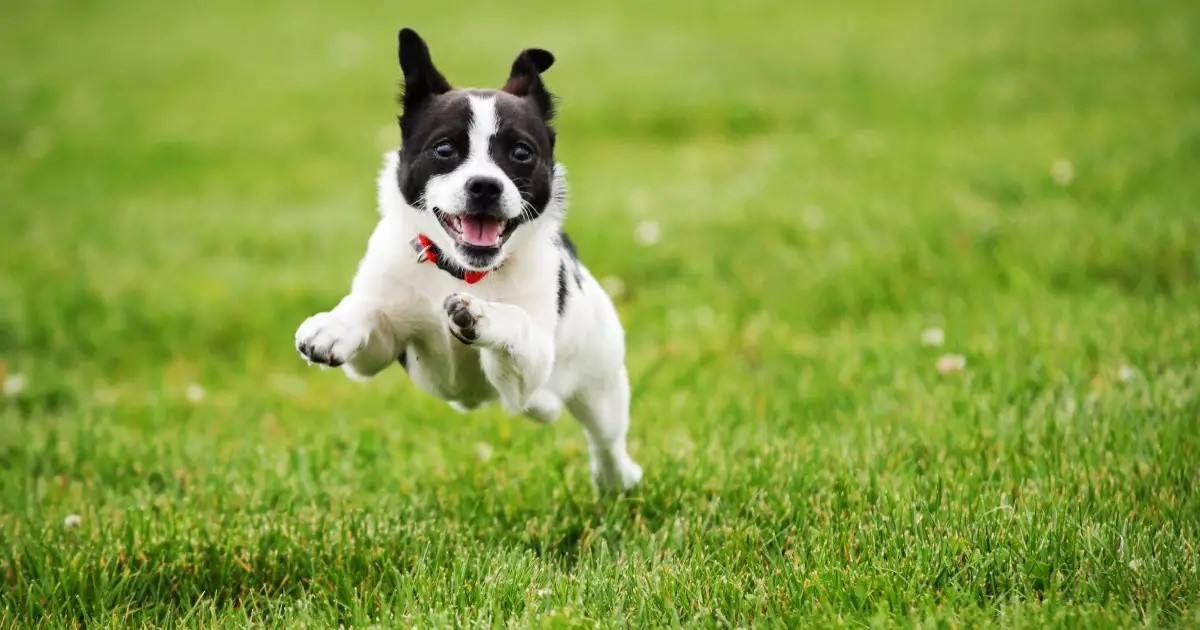Dogs are not just pets; they are vibrant members of our families, bringing joy, companionship, and a sense of responsibility to our lives. However, supporting their physical and mental well-being is crucial in return. While we often view exercise through the lens of health benefits merely as a means for weight control and physical fitness, its positive impacts extend far beyond. Exercise is fundamentally linked to a dog’s behavior, and failure to provide adequate activity can lead to troublesome habits that both dogs and their owners find difficult to manage.
Dogs, particularly the younger ones, possess an inherent abundance of energy that needs to be channeled productively. Without sufficient exercise, that pent-up energy can result in various destructive behaviors that may include chewing furniture, excessive barking, or creating havoc in the garden. If you notice your dog engaging in such behaviors, a lack of exercise is likely a major contributing factor. Many dogs are relinquished to shelters simply because their owners fail to understand or respond to these energy needs. Often, the “free to a good home” ads are indicative of owners who mistakenly believe that their dogs require space rather than realizing they need regular physical activity.
When selecting a dog breed, one must thoroughly consider their activity requirements. Different breeds have varying exercise needs based on their build and temperament. High-energy breeds, like Labrador Retrievers or Siberian Huskies, typically require far more exercise than smaller, less active breeds, such as Chihuahuas or Pomeranians. Even within a breed, individual differences can manifest based on age and personality. For instance, an active, playful puppy usually demands much more vigorous exercise than a mature dog who’s settled into a calmer routine.
Understanding your pet’s unique exercise requirements is essential. As a general rule, most dogs need a minimum of 30 to 60 minutes of vigorous physical activity each day. This time should ideally be split into shorter sessions to accommodate busy lifestyles while still providing enough stimulation. A simple walk around the block won’t suffice for most breeds; dogs should engage in activities that genuinely tire them out physically and mentally.
Active breeds particularly benefit from aerobic exercises, including running, agility training, or fetch. However, not all exercise needs to be physically intense; activities that stimulate a dog’s mind, like teaching new tricks or solving puzzles, are equally vital. An excellent way to combine both physical and mental stimuli is through outdoor adventures—exploring new parks or trails allows dogs to experience diverse environments while exercising.
Neglecting a dog’s exercise routine can have severe repercussions on their health. An inactive lifestyle can lead to obesity, which is a pathway to diabetes, heart disease, and other chronic conditions. The physical strain excess weight puts on joints can exacerbate issues like arthritis or hip dysplasia, particularly in older dogs. The responsibility of maintaining a healthy lifestyle for your dog falls squarely on the owner, who must ensure their furry friend remains active.
Moreover, exercise plays a crucial role in maintaining a stable and happy demeanor for your dog. Regular activity allows dogs to express their natural instincts and keeps them mentally engaged, which can help reduce anxiety and behavioral problems. Environments that enable social interaction, such as dog parks or doggy daycare, can be advantageous for physical exercise while providing opportunities for dogs to socialize and burn off excess energy in a more structured manner.
Incorporating a well-rounded exercise regime into your dog’s daily life doesn’t have to be monotonous. Most dogs appreciate consistency but are also thrilled by variety. They enjoy familiarizing themselves with the neighborhood and discovering new places, which can enhance their overall well-being.
Additionally, a tired dog is often a well-behaved companion. Establishing a regular routine that includes ample exercise not only benefits your dog’s physical health but also nurtures a loving and balanced relationship between owner and pet. This reciprocal relationship fosters harmony at home, where the pet feels secure and engaged, translating to a more peaceful and happy living environment.
Recognizing the fundamental role that exercise plays in your dog’s life is key to preventing behavioral problems and ensuring a healthy, happy canine companion. As a responsible pet parent, it’s essential to allocate time and creativity to meet your dog’s exercise needs and engage in activities that promote well-being. By following these principles, you create a happier dog and a more enjoyable living situation for everyone involved.


Leave a Reply